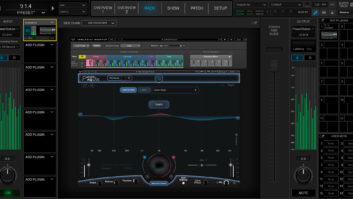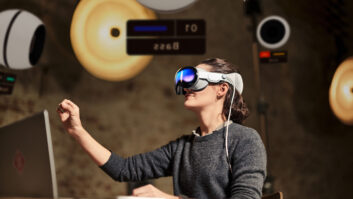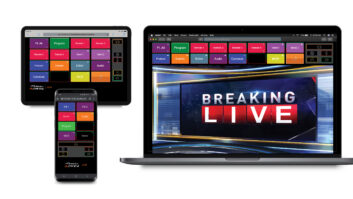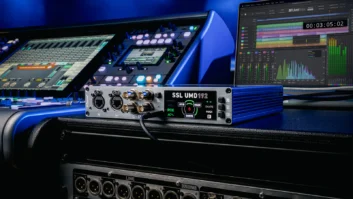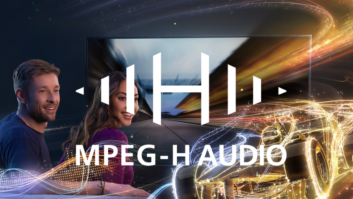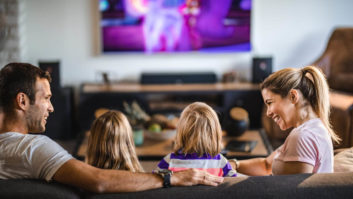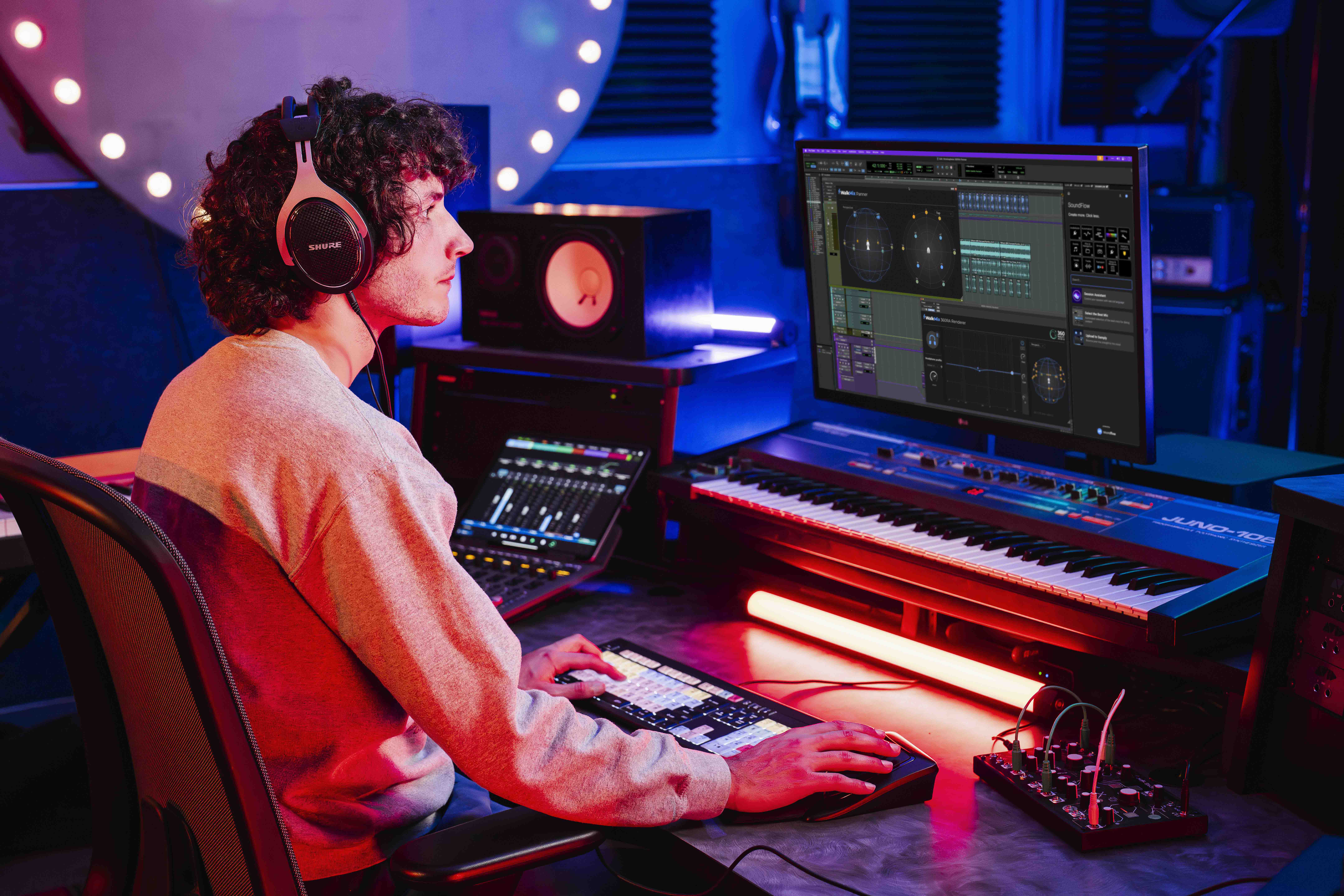Access to film and television for visually impaired audiences is provided mainly through a feature called ‘Audio Description’ often referred to as ‘AD’. AD is a verbal commentary that is, generally, added after a production has been completed, and scripted and recorded by an audio description provider. In the vast majority of cases this is done without any input from the creative team. The AD track describes aspects linked to the visual-channel of a production, for example, actions, gestures, costumes and sets, among others. It can sometimes explain sounds deemed difficult to interpret without the visuals.
A survey conducted in 2016, by myself and colleagues, indicated that 78 per cent of surveyed visually impaired participants used AD at home and that the greater the sight loss, the more they depended on access services. Moreover, issues with lack of accessibility resulted in a high percentage of visually impaired people not going to the cinema, with 34 per cent not having attended in the last year.
If you are working in film/TV sound, it’s worth considering how people with sight loss are accessing the film soundtrack once it’s had an AD track layered over it. That AD track is usually timed so that it will fit between the dialogue lines, but it will overlap with other sounds, such as sound effects, ambiences and music. Moreover, the level of the original mix is often ducked so as to allow audiences to hear the AD. The overall mix will be different as a consequence.
In 2016 I started working on the ‘Enhancing Audio Description’ project, funded by the Arts and Humanities Research Council, together with Dr Gavin Kearney (University of York) and Krisztian Hofstädter (Anglia Ruskin University). The project explored an alternative to AD through sound design and spatialisation strategies that reduced the number of verbal descriptions needed, while integrating accessibility to current production and post production workflows, and making sure accessible versions retained the creative intentions of the team.
So, what are the creative and technical methods used in Enhancing Audio Description?
The first is additional sound effects. Say your film has the following sequence:
A young girl runs along the beach looking distressed, she’s getting closer and closer to the shore. Her mother runs onto the beach trying to find her. It’s daytime and windy. She collapses.
The original soundtrack has music only.
It’s a lovely scene but when you play it, as we did, to a group of visually impaired consultants, the predictable happens: the scene cannot be followed, because music does not convey actions or the presence of characters, and emotions are down to individual interpretation. The result is a frustrated audience.
We thus redesigned this scene and remixed its audio. In this accessible version, we can now hear the footsteps of the characters, their heavy breathing, and the calls of the mother as she searches for her daughter. We can also hear ambience tracks: wind, seagulls etc. We now convey emotions, actions and space much more clearly to audiences with sight loss.
The second method we used in our project concerned the use of binaural audio. We decided to break away from mixing conventions and free the dialogue from the centre channel. In its place, we panned the dialogue lines to match the position of the characters on screen and, as a result, try to indicate their position in relation to one another. The same applied to any sonic objects present in the mix, for their position also helps recreate the set through sound. For example, we might indicate there’s a fireplace with a burning fire on the left, a door being opened on the right surround and a character moving from the back to the front.
The third and final method we employed in our project is first-person narration: an internal monologue that provides information that is difficult to convey through the first two methods, eg. feelings, gestures and certain actions. This narration is differentiated from the main dialogue through the addition of reverb and that it does not change in terms of spatialisation.
The result is a film version that has been deemed by visually impaired consultants to be as accessible, informative and engaging as traditional AD, demonstrating that a more creative and sonically focused approach to accessibility to film and television is possible.
The consideration of both traditional and innovative modes of accessibility requires the film and television industries and audio professionals to take an interest, and acknowledge all audiences.
Find out more about the Enhancing Audio Description project as well as information on other projects.
